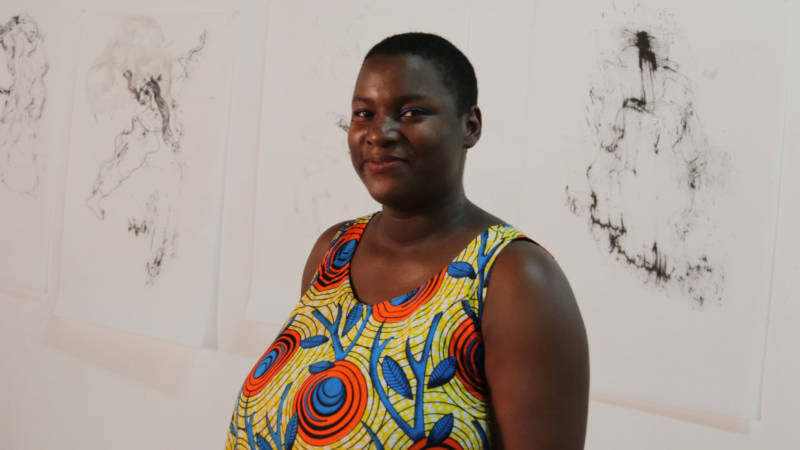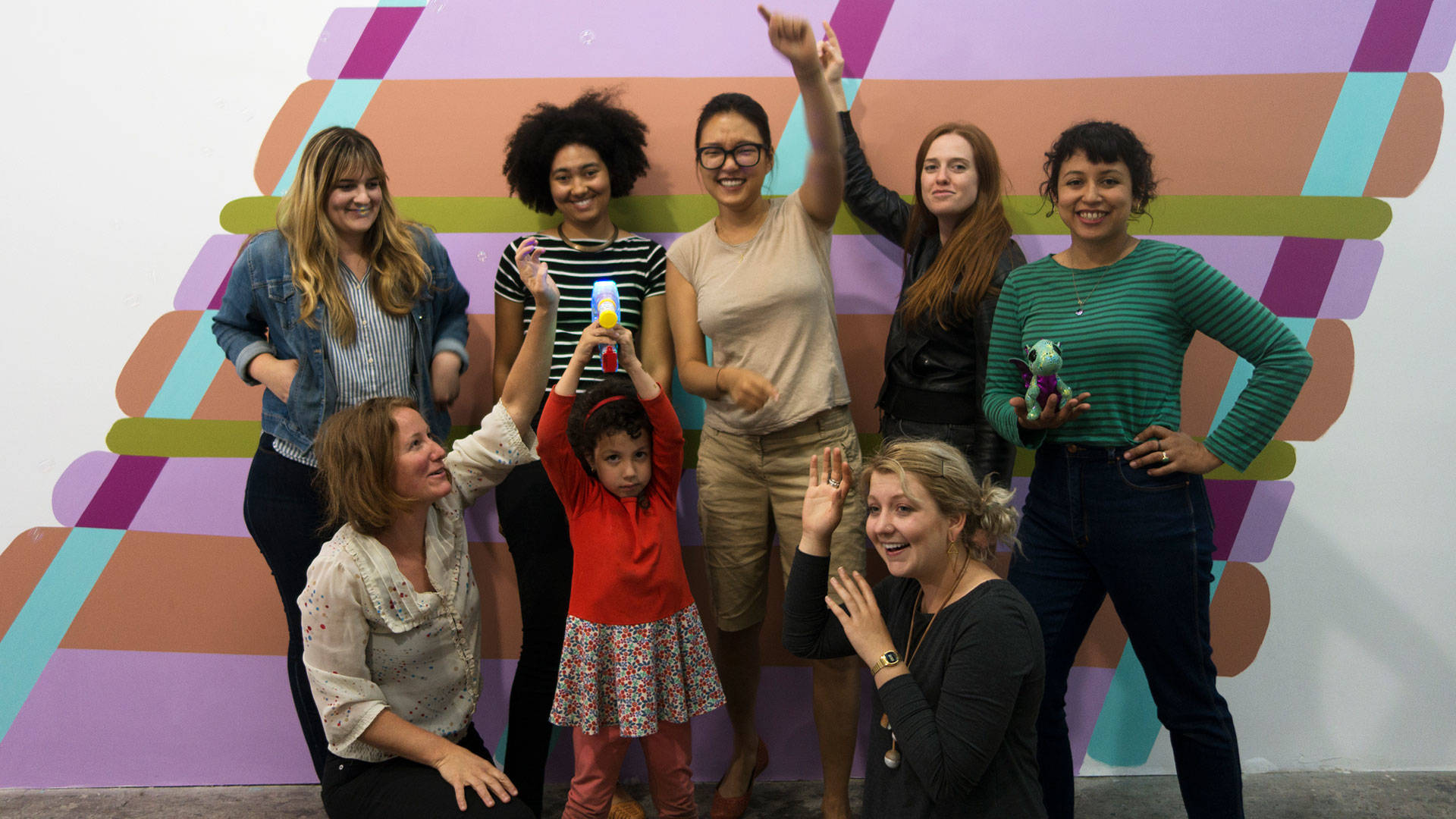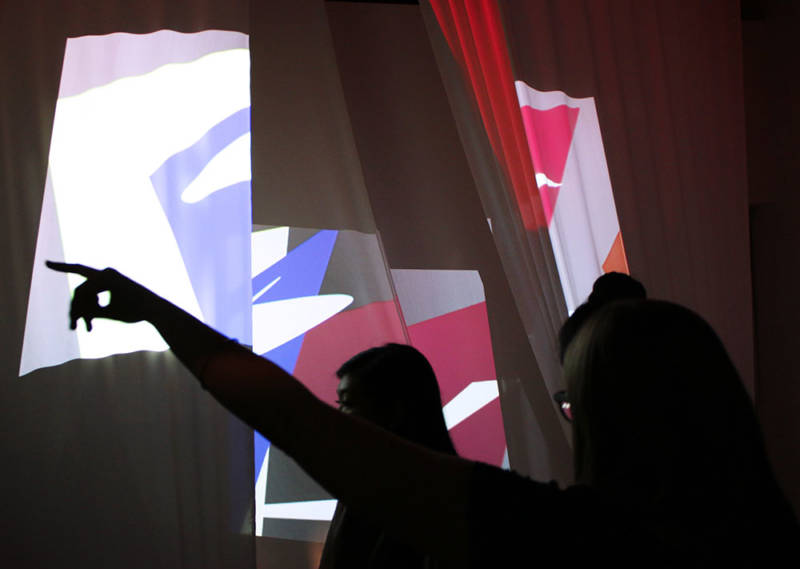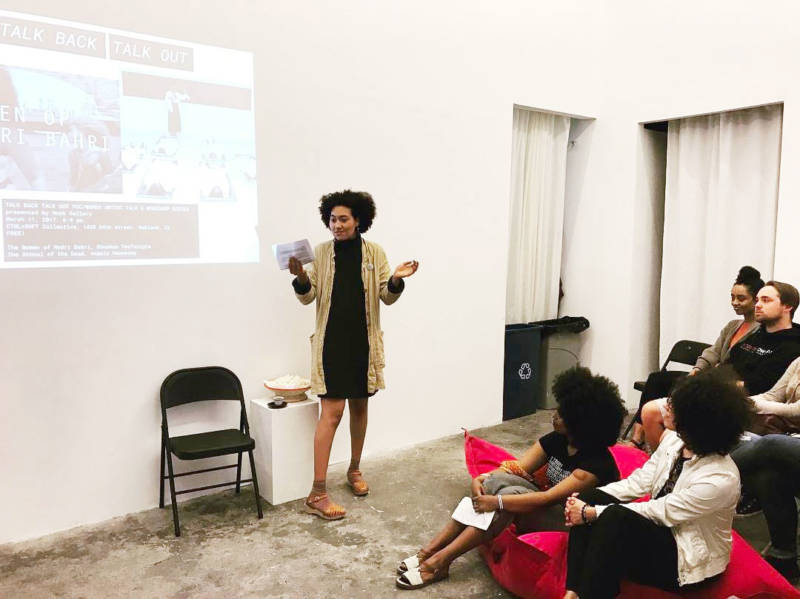Visitors to CTRL+SHFT’s gallery space in West Oakland immediately notice a massive, vibrantly colored painting by Oakland-based artist Lukaza Branfman-Verissimo. Childlike confetti decorates the bottom half of the work — a stark rebuke to the heavy dark brown tones and urgent all-caps phrase on the top half of the piece: “IT IS IMPORTANT TO REMEMBER ALL THE RESISTANCE WORK FOLKS ARE DOING ALL OVER THE WORLD RIGHT NOW.”
The painting serves as a thematic centerpiece to “Double Dip,” CTRL+SHFT’s annual, members-only pop-up show and two-year anniversary celebration. Founded in 2015, the collective of women-identifying and nonbinary artists have spent the past two years providing space for underrepresented identities in the art world — namely, artists who identify as women, queer and trans folks, gender nonconforming folks, and people of color.

“There were a lot of members who felt that there were conversations around race, gender, and other political things that people wanted to explore as a group,” says Erica Molesworth, a founding member of the collective. “It came down to that: providing a space, providing a platform [that looked] at gender and racial inequalities in the art world and wanting to do something to remedy that.”
And so CTRL+SHFT’s founding members opened a space combining technical aspects of contemporary art — most of the group had just graduated with MFAs from CCA — with socially relevant dialogue and experimental elements that weren’t receiving representation elsewhere. Most recently, the gallery welcomed Oakland artist Yetunde Olagbaju for her solo show, give it to her when she’s decided she knew herself…, an multimedia installation that explored Olagbaju’s relationship with her Gullah/Geechee and Yoruba ancestry.
“The goal is to give people the space, and to let them do what they can’t do elsewhere — whether that is highlighting certain aspects of their identity or certain aspects of their practice,” shares Addy Rabinovitch, another longtime member. “We really want to hand the space over to people. We try not to take too heavy a curatorial hand, and try not to filter what people want to do while they’re here.”





